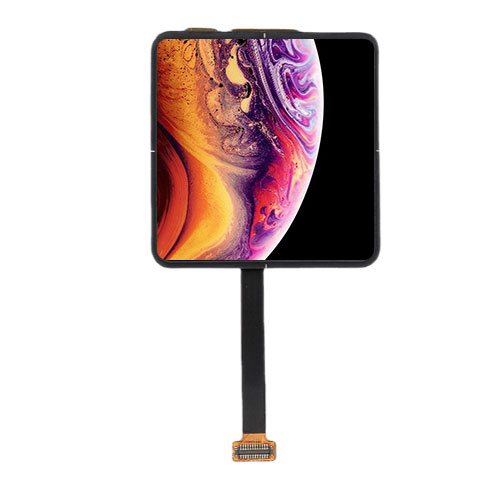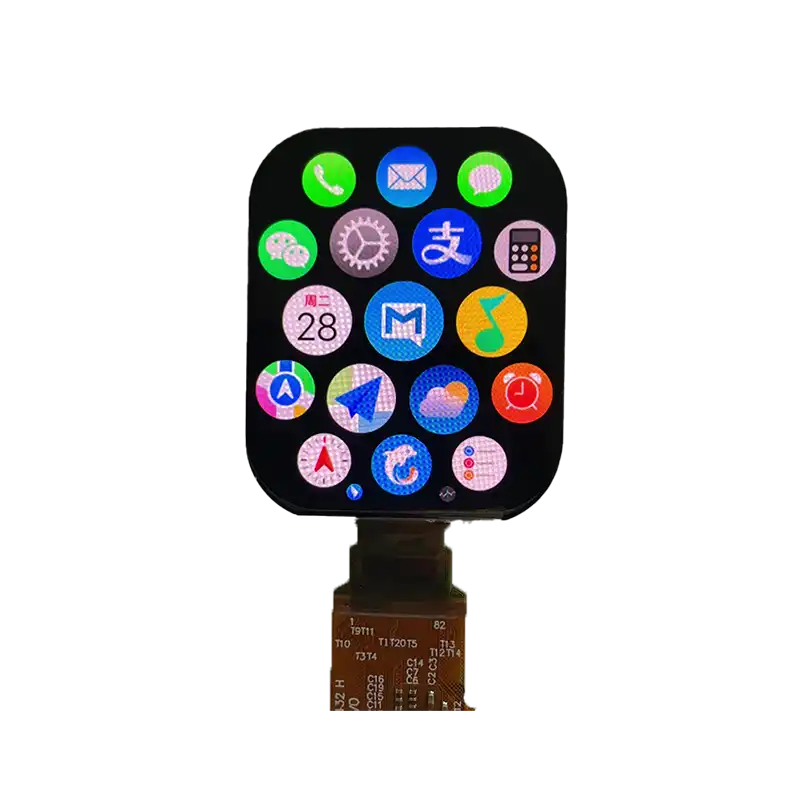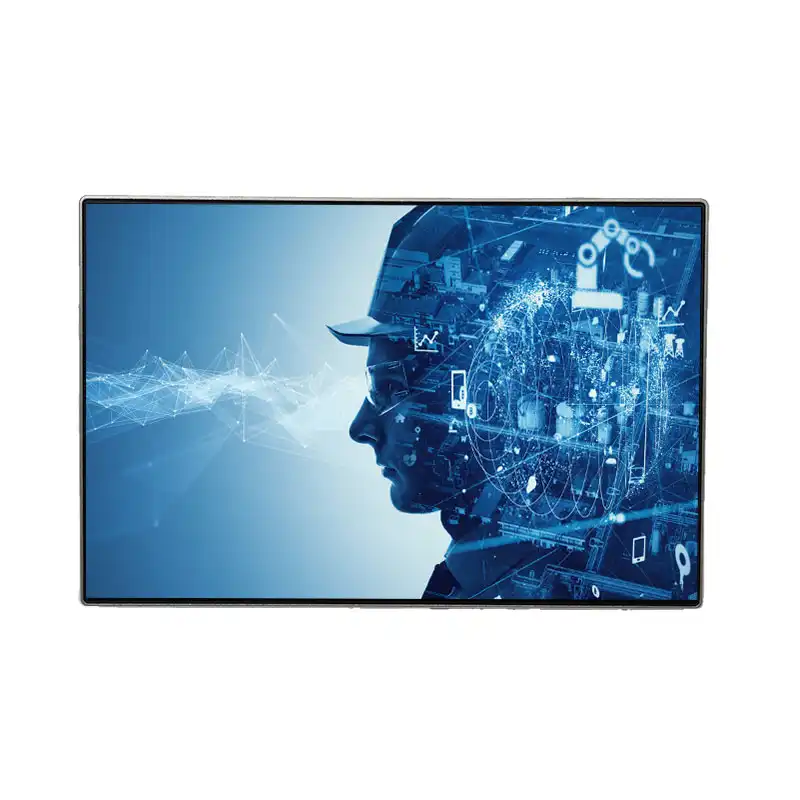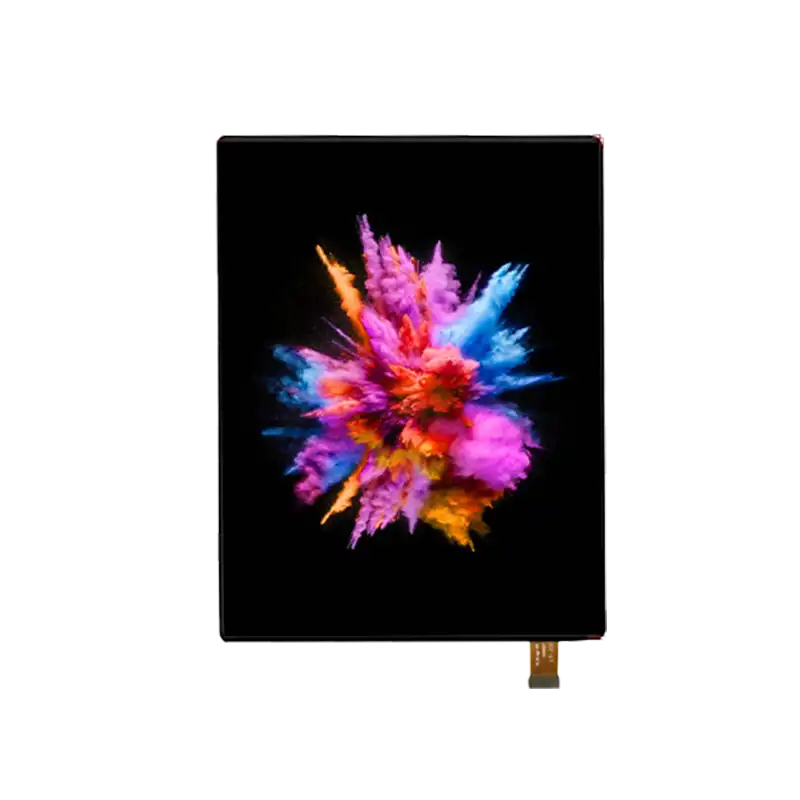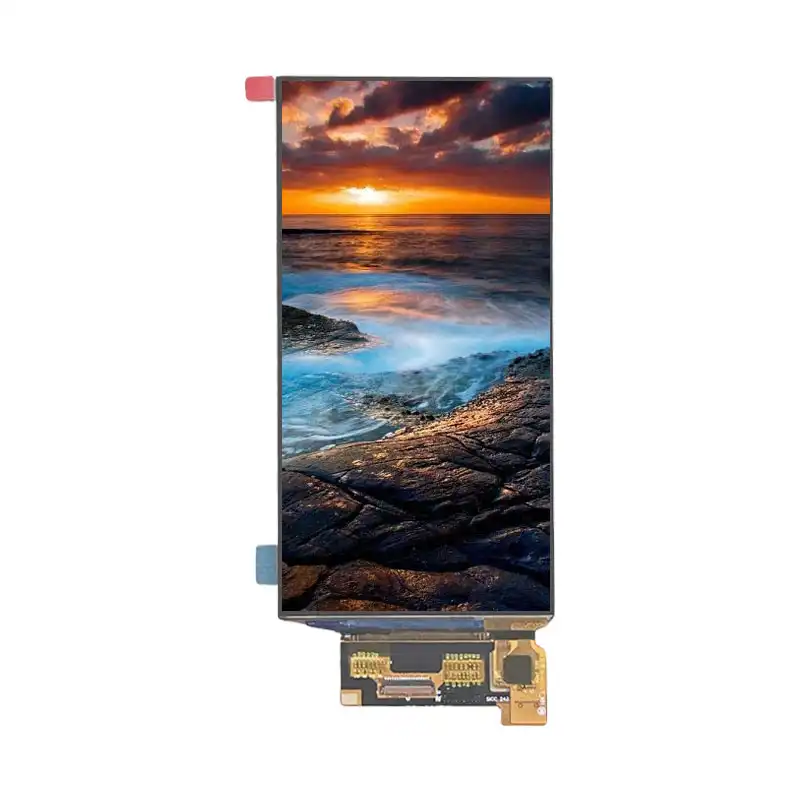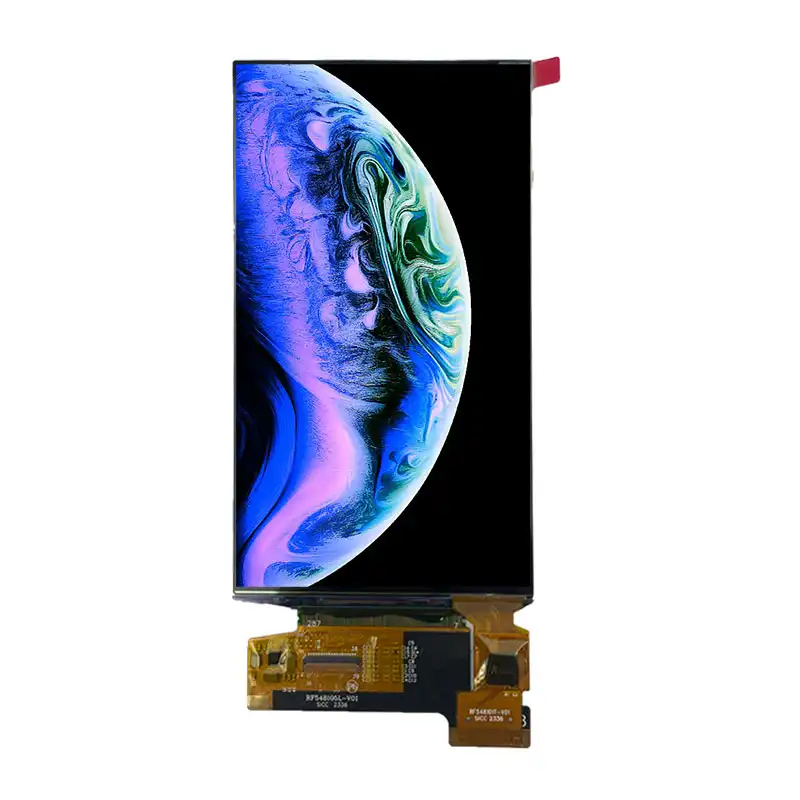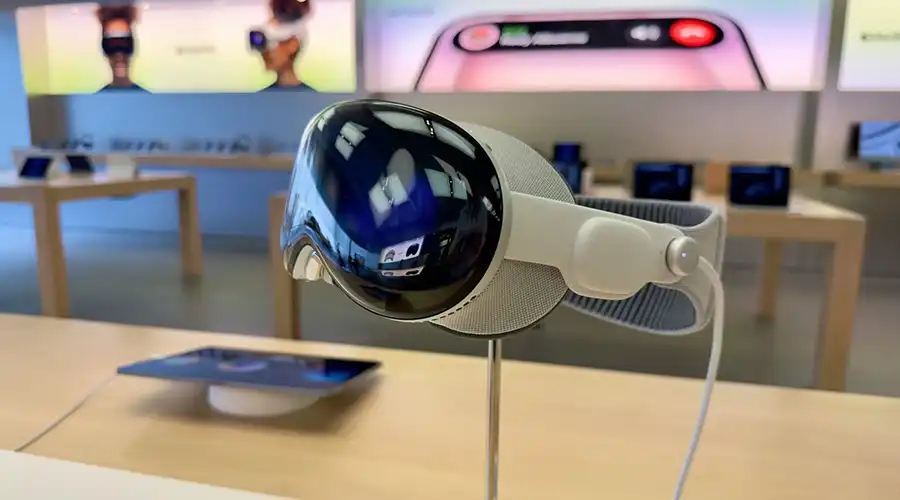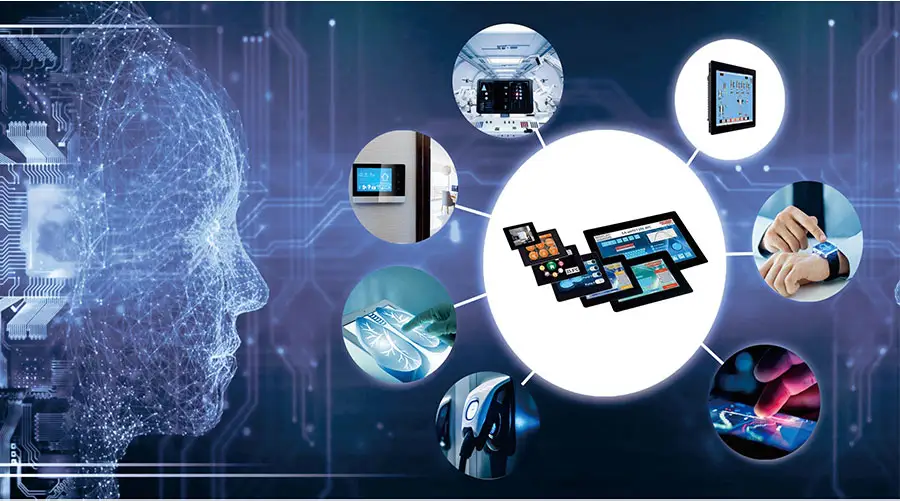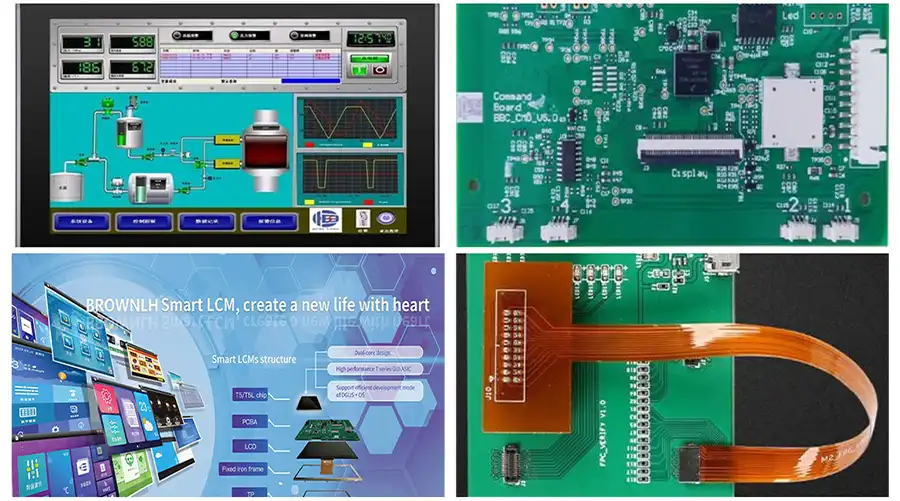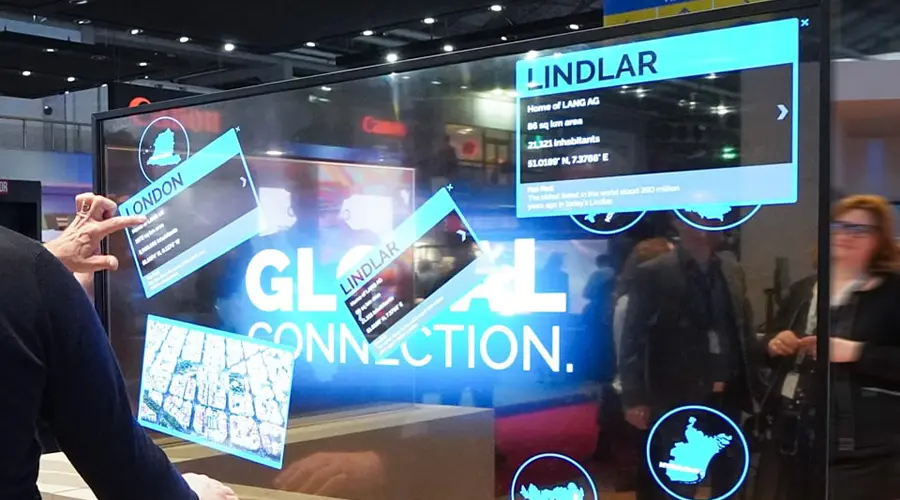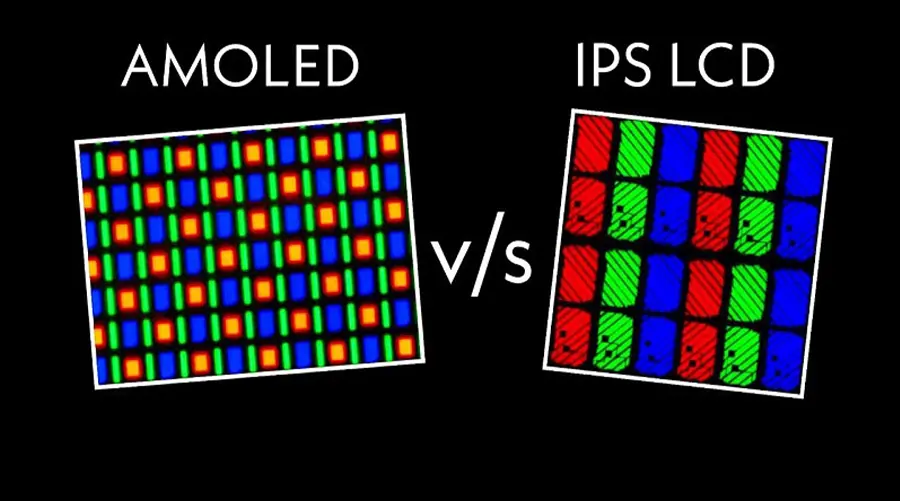By 2025, OLED (Organic Light-Emitting Diode) technology has transitioned from luxury smartphone displays to the foundation of a new visual era. No longer confined to flat rectangles, OLED now powers wearables, medical patches, automotive dashboards, and immersive AR interfaces. Its self-emissive pixels — producing light individually — enable ultra-thin, flexible, and energy-efficient displays that shape how humans perceive digital information.
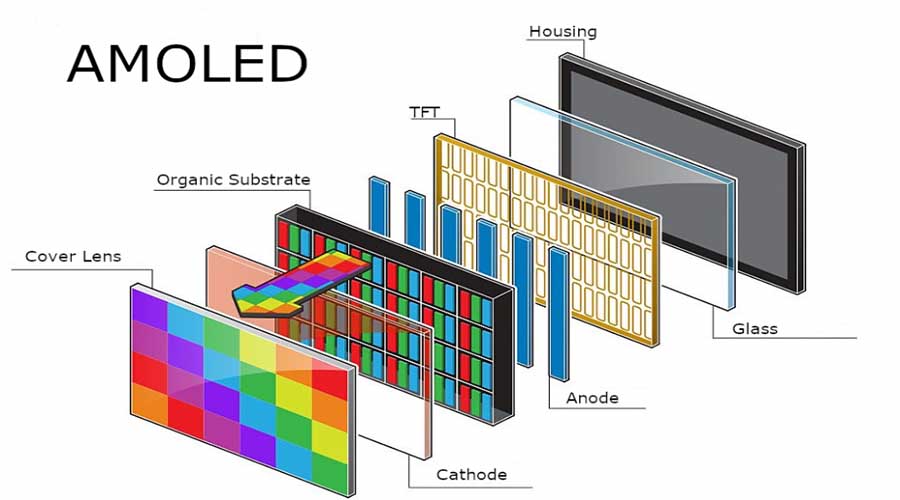
1. The Evolution of OLED
Once a niche research subject, OLED matured through the 2010s as display giants refined materials, deposition processes, and drive electronics. The early 2020s witnessed commercialization beyond mobile devices — foldables, automotive glass panels, and transparent signage. By 2025, OLED had split into multiple specialized branches: traditional AMOLED for mobile, microOLED (OLEDoS) for AR, and hybrid printed OLED for large, sustainable fabrication.
Unlike LCDs, OLED emits its own light per pixel, eliminating backlights. This reduces thickness, improves contrast (true blacks), and allows for flexible or transparent substrates. Modern OLEDs incorporate LTPO backplanes, advanced encapsulation, and AI-based compensation to mitigate burn-in. Combined, these qualities make OLED the most human-centric display medium ever created.
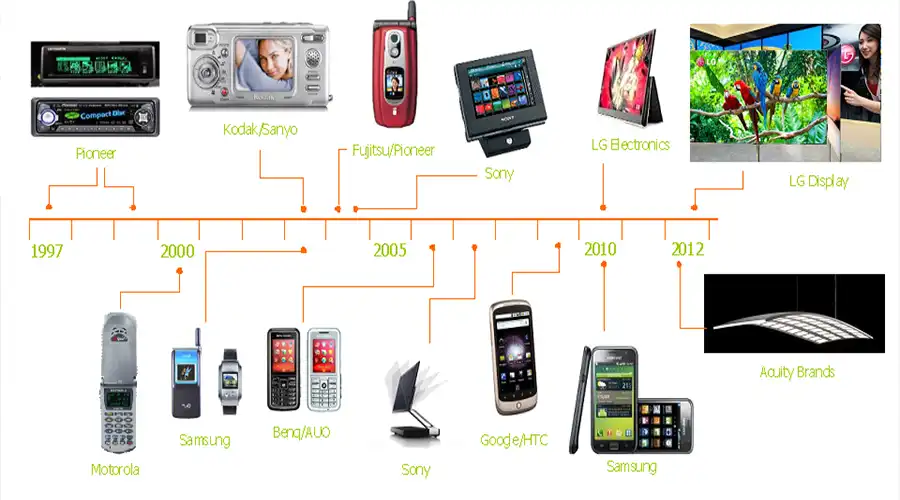
2. OLED in Wearables
Smartwatches and fitness trackers were the earliest mass-market validation for OLED. The curved, vivid, low-power displays enabled ergonomically sound devices with superb readability in outdoor settings. The flexibility and color precision of OLED perfectly fit wrist-mounted or textile-integrated use cases.
By 2025, wearable OLEDs have advanced to micro-thin modules embedded into medical sensors and skin patches. Real-time glucose, hydration, or oxygen monitoring now occurs on surfaces that breathe and flex. These displays can even remain partially transparent—showing vital data on the skin without blocking natural tone.
“OLED wearables exemplify where technology meets biology — responsive, adaptive, and almost invisible.” – Dr. Aiko Sato, Biotech Lab Tokyo
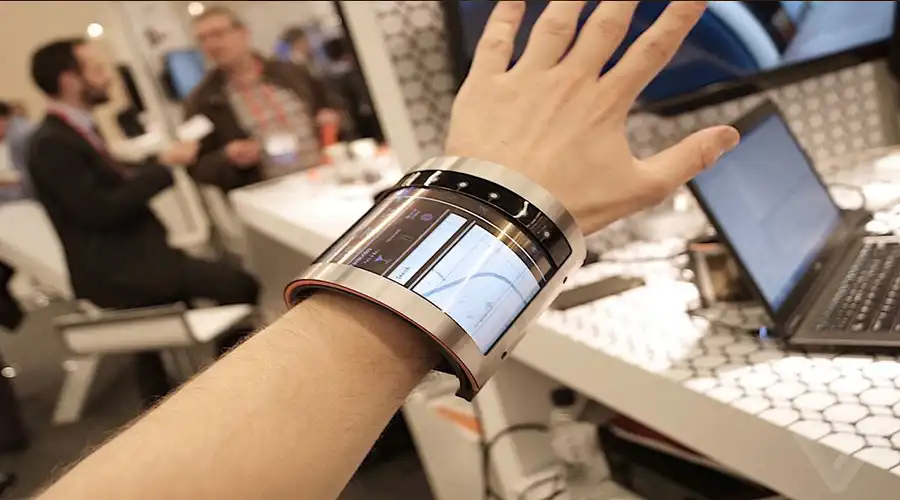
3. The Leap to AR Glasses
The 2025 AR revolution owes its realism to OLED-on-silicon (OLEDoS) technology — microdisplays with pixel densities exceeding 4000 PPI. These panels fit inside lenses mere millimeters thick, projecting crisp overlays across the user’s natural field of view. Unlike laser or LCD-based HUDs, OLED’s instantaneous contrast and deep black blending let virtual elements coexist believably with real-world objects.
The consumer market now enjoys lightweight AR eyewear capable of persistent data overlays — navigation arrows on roads, live captions in conversations, or contextual translation in travel. OLED’s self-luminous structure ensures privacy, rendering images visible only to the wearer’s pupils. Industries from surgery to engineering use similar optics for precision overlays and low-latency collaboration.
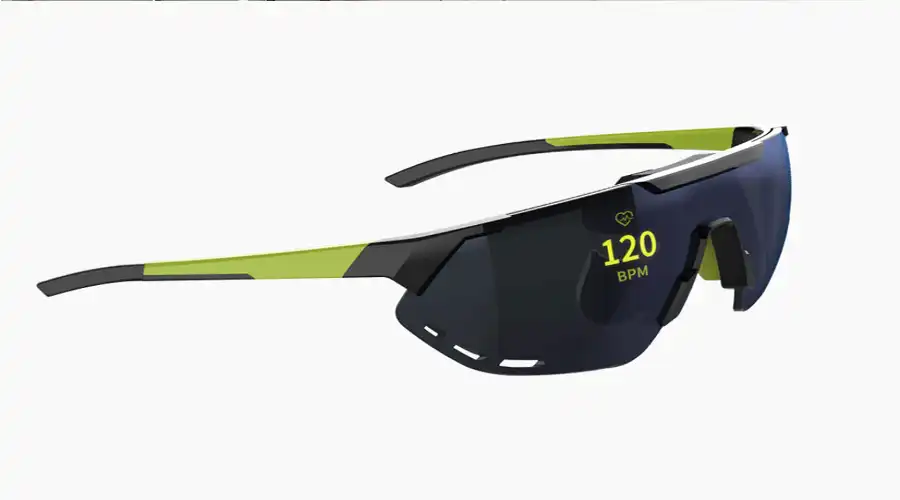
4. Transparency and Flexibility
Perhaps the hallmark of OLED design freedom lies in its material versatility. Transparent and foldable OLEDs now populate architecture, automotive dashboards, and appliances. Such displays deliver illumination and information without disturbing spatial design flows. Modern transparent OLEDs achieve over 70% light transmission, allowing unobstructed visibility behind onscreen graphics.
In industrial and vehicular design, OLED’s bendability permits dashboards and control panels to wrap around surfaces smoothly. Future concept vehicles already incorporate flexible OLED skins capable of displaying exterior signals, branding, or warnings directly on body panels. This is technology becoming texture—functional and aesthetic at once.
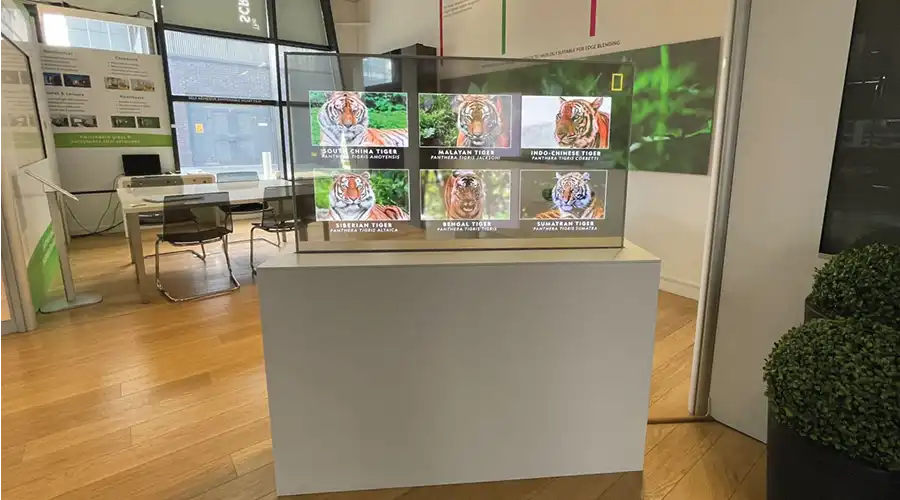
5. The Visual Aesthetics of OLED
OLED’s impact on human emotion is profound. The infinite contrast ratio—true black against vibrant hues—mimics the way our eyes perceive natural light. Designers leverage pixel-level dimming to craft interfaces that breathe rather than blink. Notice how smartwatch notifications fade in softly, or AR arrows ghost into view as if whispering directions rather than commanding attention.
In Entertainment and Storytelling
The entertainment sector harnesses OLED for cinematic AR installations, where displays serve as dynamic surfaces of storytelling. The low-latency response and near-zero motion blur elevate immersive gaming and virtual production environments, blurring boundaries between physical and digital frame rates. Artists now paint light directly — pixels as brushstrokes of imagination.
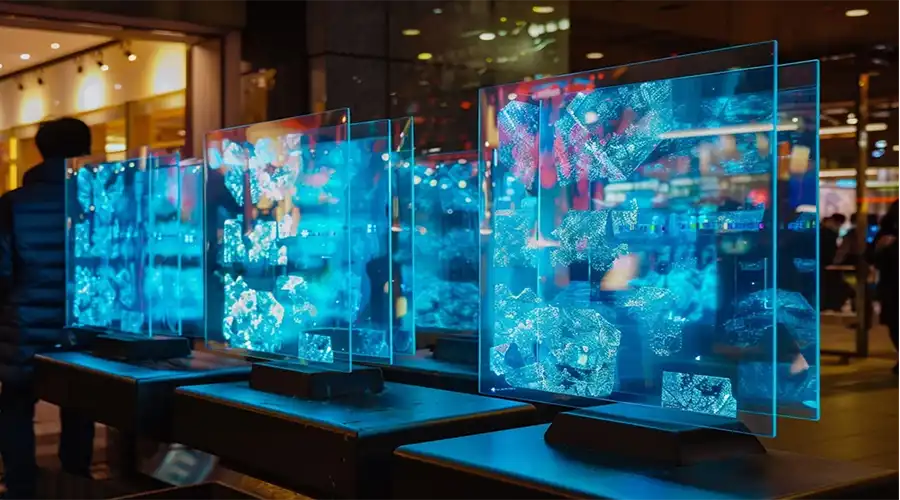
6. Sustainability and Efficiency
OLED’s environmental footprint continues to shrink as printable organic inks and recyclable substrates replace energy-intensive vacuum deposition. Without backlights and with reduced rare-metal dependency, OLED devices consume less power. Companies are exploring bio-based polymers for light-emitting layers and graphene for transparent electrodes, fostering a circular-material economy.
Meanwhile, energy management technologies—adaptive refresh, motion-triggered lighting, and deep sleep states—extend device lifecycles. Flexible OLED films also support modular repairability, reducing electronic waste. Sustainability is no longer a marketing term; it's embedded in OLED’s DNA.
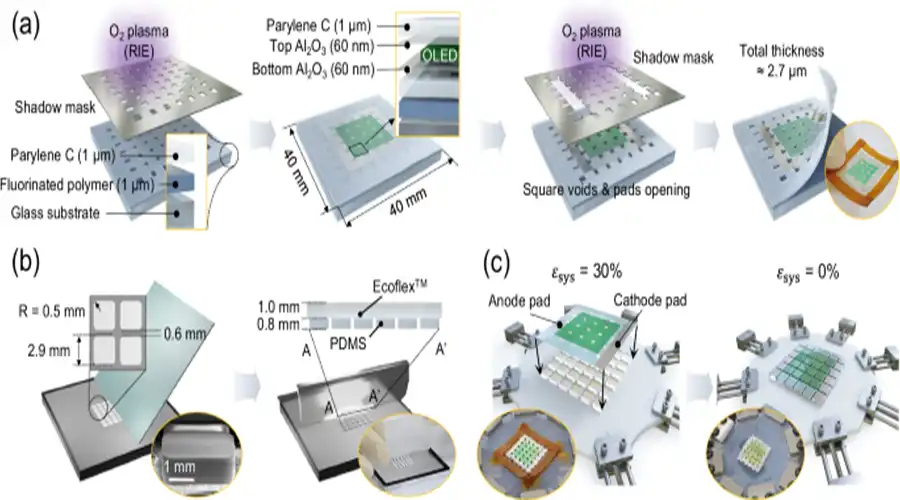
7. The Future – Toward Ambient Intelligence
The “post-screen” era is dawning. OLED displays are merging into material environments, enabling ambient intelligence. Walls, mirrors, and objects now carry light-emissive logic. OLED’s adaptability transforms every surface into a contextual interface—subtle, human-centered, and reactive to presence.
Research accelerates on Quantenpunkt-OLED (QOLED)Undphotonische Mikro-OLEDsDiese Technologien passen Helligkeit und Farbspektrum individuell an jedes Auge an. Stellen Sie sich Brillen vor, die sich automatisch an die Farbtemperatur der Umgebung anpassen, oder AR-Folien, die die Schärfentiefe dynamisch regulieren. Da die Grenzen des Sehens verschwimmen, wird OLED nicht nur zu einem Bildschirm, sondern zum Medium der Wahrnehmung selbst.
„Die Zukunft von OLED liegt in der Unsichtbarkeit – wenn Display und Realität nicht mehr zu unterscheiden sind.“ – Hiroshi Tanaka, NEXVision Labs
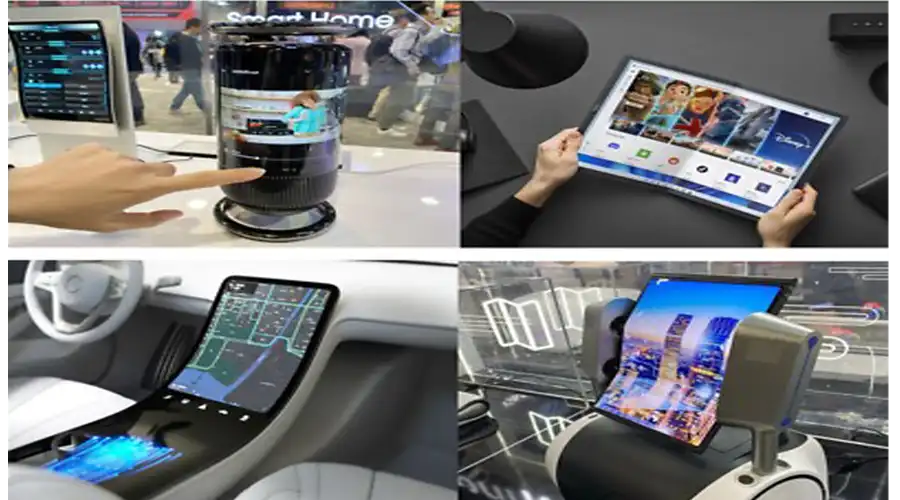
Häufig gestellte Fragen
Was verursacht das Einbrennen von OLEDs und wie kann es verhindert werden?
Einbrennen tritt auf, wenn organische Materialien durch die längere Anzeige statischer Bilder ungleichmäßig abgenutzt werden. Zur Vorbeugung können Sie automatisches Dimmen, Bildschirm-Timeout, Pixelverschiebung, Logo-Dimmen und die Vermeidung hoher Helligkeiten bei statischen Inhalten verwenden.
Sind OLED-Displays für den Außenbereich oder Umgebungen mit hoher Helligkeit geeignet?
Standard-OLEDs haben bei direkter Sonneneinstrahlung Schwierigkeiten. Modelle ab 2025 zeichnen sich jedoch durch höhere Helligkeit und Antireflexbeschichtungen aus. Spezielle OLEDs mit hoher Leuchtdichte verringern den Abstand zu Mini-LEDs hinsichtlich der Lesbarkeit bei Tageslicht.
Wie lange halten OLED-Displays normalerweise?
Moderne OLED-Bildschirme weisen eine Lebensdauer von 50.000 bis 100.000 Stunden bis zum Erreichen der halben Helligkeit (L50) auf. Neue blaue Emittermaterialien verlängern diese Lebensdauer weiter, sodass kommerzielle Bildschirme eine mit LCD-Bildschirmen vergleichbare Lebensdauer erreichen.
Können OLEDs für Always-on-Displays verwendet werden?
Ja – OLED ist ideal für Always-On-Displays (AOD), da nur die beleuchteten Pixel Strom verbrauchen. Durch die Verwendung geringer Helligkeit und den regelmäßigen Wechsel der Inhalte wird die unterschiedliche Alterung minimiert.
Was ist der Unterschied zwischen AMOLED und PMOLED?
AMOLED nutzt eine aktive Matrix-TFT-Schicht für hohe Auflösung und schnelle Bildwiederholfrequenz und eignet sich daher ideal für Smartphones und Wearables. PMOLED steuert Pixelzeilen und -spalten passiv an und ist besser für kleine oder statische Anzeigen mit geringeren Kosten geeignet.
Unterstützen OLED-Displays die Touch-Funktionalität?
Neueste Artikel
-
Warum 1–2"-AMOLEDs im Jahr 2025 der Schlüssel zu AR/XR sind
Warum 1–2 Zoll große AMOLED-Displays im Zuge des AR/XR-Booms unverzichtbar werden (Brancheneinblicke 2025)
-
Understanding OLED Display Technology: Principles, Performance & Applications
OLED (Organic Light Emitting Diode) displays are a class of self-emissive display technology in whic
-
From Wearables to AR Glasses – How OLED Displays Are Redefining Visual Experiences in 2025
By 2025, OLED (Organic Light-Emitting Diode) technology has transitioned from luxury smartphone disp
-
Stretched Bar LCD Displays for Retail: Boost Sales & Engagement in Supermarkets
Discover how stretched bar LCD displays enhance supermarket shelf-edge marketing, drive sales, reduc
-
Stretched LCD Solutions for Restaurants and Hospitality Venues
Gestreckte LCDs bieten schlanke, hochhelle Displays, die sich perfekt für Restaurantmenüs und Gastronomie-Si eignen
Empfohlene Produkte
-
2,0 Zoll großes quadratisches HD-OLED-AMOLED-Modul, 460 x 460, QSPI-Schnittstelle
2,0" AMOLED-Anzeigemodul mit QSPI-Schnittstelle für industrielle und eingebettete Systeme. Kernspezifikation
-
2,06-Zoll-OLED-Display | Auflösung 410×502 | 600 Nits | SPI-Bildschirm
Das 2,06-Zoll-AMOLED-Displaymodul ist speziell für raue Industrieumgebungen konzipiert und bietet
-
7,0 Zoll AMOLED-Anzeigemodul | 1280×800 Hohe Helligkeit
Das 7,0 Zoll AMOLED-Displaymodul ist eine hochauflösende Displaylösung mit großem Betrachtungswinkel für
-
8,0 Zoll AMOLED Display 2480×1860 MIPI DSI-BROWNOPTO
8,0" FHD AMOLED-Modul mit 2480×1860 Auflösung, MIPI DSI-Schnittstelle und SPI-Touch. Ideal für die Industrie
-
6,0-Zoll-AMOLED-Display 1080×2160 MIPI – BR600108-A1
6,0" FHD+ AMOLED-Modul mit 1080×2160 Auflösung, MIPI 4-Lane-Schnittstelle, 360 Nits Helligkeit. Ideal
-
5,5-Zoll-AMOLED-Anzeigemodul – hochauflösendes LTPS-MIPI-Panel
5,5" AMOLED-Modul Produktseite Das 5,5 Zoll AMOLED-Displaymodul

